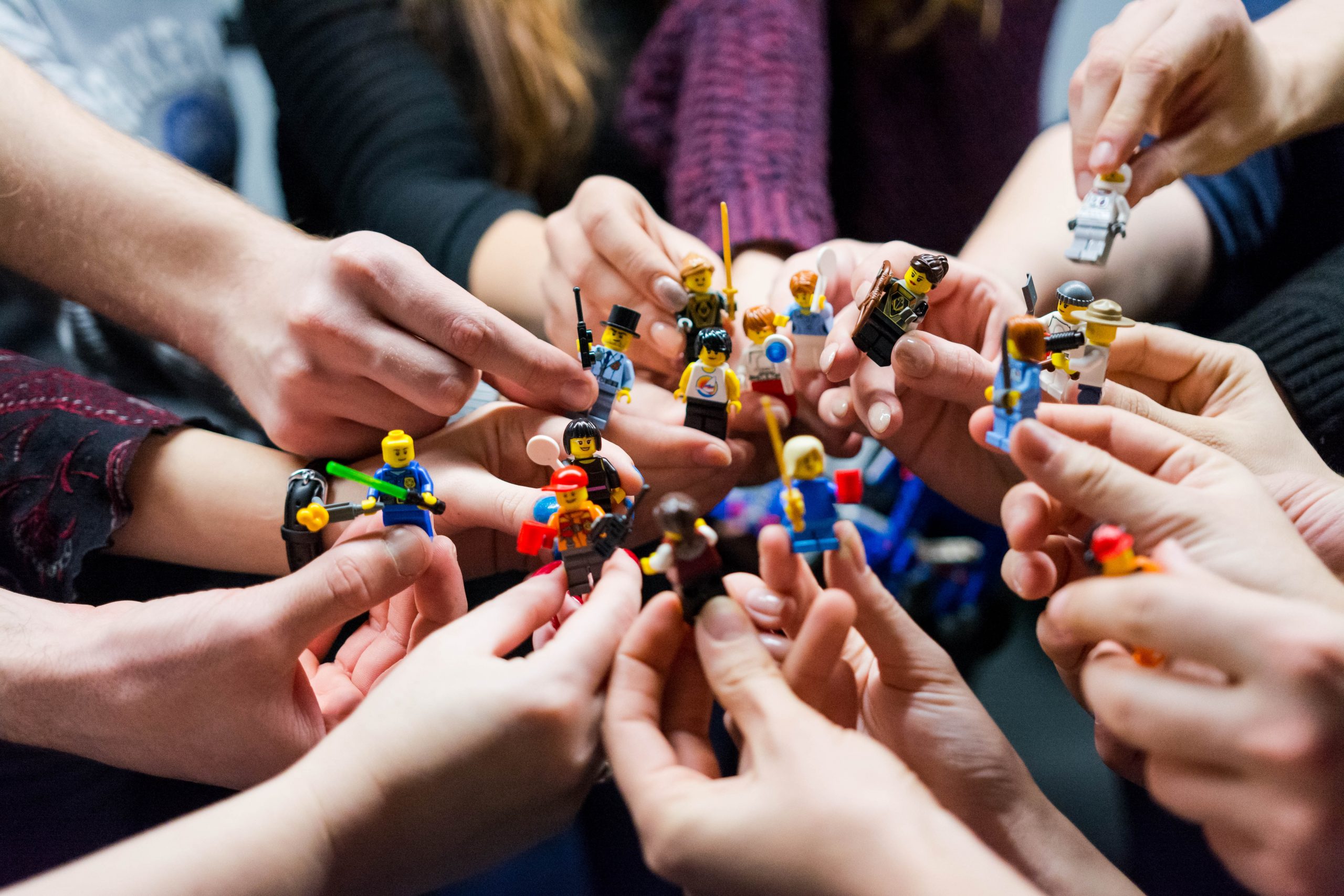Let’s start with the basics of learning in our schools, colleges, and universities, is there a specific class on communication? A complete course where we learn to communicate with humans in an assertive way? In a non-violent way? I believe that nowadays it would be of utmost importance that there is a good basis in education where we are taught the correct way to communicate among human beings, because just by the simple fact of not communicating in the right way, many mistakes are made in the family, with the circles of friends and in organizations.
In addition, we often make the mistake of being told that when we hear the word violence is only referring to physical damage, this is not correct. Violence is defined as the use of force to achieve an end, especially to dominate or impose something on others, therefore this is not only about physical damage but also physical damage that can generate to one or more people.
According to studies by Professor Marshall Rosenberg, there are 2 ways to communicate between human beings:
- Giraffe Language: It is a metaphor used, where it is said that it is the connection between people allowing the needs of all people to be valued equally, where it aims to seek empathy towards oneself and towards other people facilitating the resolution of problems effectively.
- Jackal Language: It is a concept also based on a metaphor, it is the need to dominate or conquer where communication barriers are implemented, generating moralistic judgments, classifying or labeling, assuming, mocking, using sarcasm, blaming the other or the situation, demanding and incorrect use of words always and never.
Once we have seen the concepts of each language, the question arises as to how to achieve more giraffe language than jackal language. What are the best techniques to achieve it? Since we all know that the less violent the communication is the more effective it will be cos behind the conflict we want to be accepted and respected. After studies, it was discovered that non-violent communication is based on 4 elements: observations, needs, feelings, and requests.
Observations
It is the first attempt to be objective with what is happening and to look for the subjective, avoiding the bad or the good since when we start a trial we do not even have time to express our feeling. That is why to be able to generate nonviolent communication, is of great importance to make a pause to control the mind. This is a powerful strategy where giving a space like walking or doing another activity gives your brain the time to cool down and achieve better thinking and thus change the reaction. At the same time ask yourself about your needs and feelings because to generate empathy the first step is to have it with yourself, if not I am violent with myself. Always communicating the need to pause so that people do not think that it is a disinterested subject, but that they need time to analyze and think calmly and then make a decision and be able to communicate in a non-violent way or if an immediate response is needed to breathe and think about the answer.
Needs
Everything that human beings do is related to needs and once we focus on the need it can help us to better understand what is behind or inside the person. Many actions are done as strategies to generate more conflicts or bad actions instead of looking for the objective of the need at that moment. For example: when there is bullying, think about the need of that person who is bullying, is it that he needs love or attention…? Really take the time and space to really think if, at that moment, I need to feel…… then instead of attacking that person really look for the strategy to satisfy that need.
Feelings
All are useful, feelings give us very valuable information that shows us what is our needs, instead of following the society where we have been taught to hide them or not to consider them important and therefore make a violent act when expressing ourselves.
The first step is to generate empathy, take the time to listen, do not give your opinion and then ask, do not make a diagnosis immediately, it is about making the other person aware of your feeling and your need, thus performing empathic actions because if we only give our opinion, we will not be able to be empathic, we can ask them how they feel, so they themselves feel and solve it, If we only give our opinion, unsolicited advice, tell our story, tell lessons learned, interrupt, minimize the feeling, make diagnoses, we will not be able to be empathetic, we can ask them how they feel, so that they themselves feel and solve, thus achieving an assertive communication generating connection through empathy.
Requests
This is the last element where we can negotiate, be specific and clear, make it a question, not an order, and have all the willingness to receive a NO. There are 3 types of requests: 1. Action- ask the question, if you would be willing to take my need into account, in a respectful way 2. Clarity- ask if you understand the request or need more explanation 3. Connection- ask how you feel about the request. In the current world, we live in it is necessary to understand that all the elements of nonviolent communication can change the decisions, the life, the day of a person and it gives us the possibility to choose strategies to learn to listen to oneself and others, to strengthen empathy and to be able to have an assertive communication changing your life and circumstances in your work and personal life. The path of non-violence is to have the courage to speak my truth with love.



